Welcome to the Lame Deer Montana Picture Tour
Lame Deer, Montana is named after Miniconjou Lakota chief Lame Deer, who was killed by the U.S. Army in 1877. The community got its start as the site of a trading post from the late 1870s.*9 Lame Deer is also the proud home of an epic “David vs Goliath” confrontation held in 1878. Below is a quick summary of the Northern Cheyenne’s 1,000 mile Dash for Freedom in 1878.
Relocated to Oklahoma
After the battle of the Little Bighorn in 1876, 937 Northern Cheyenne had been peacefully relocated to the Fort Reno area in present-day Oklahoma in August 1877. 1* Once in Oklahoma, the Northern Cheyenne discovered they were expected to abandon their traditional ways and embrace an agrarian lifestyle. After over a year of losing tribe members to intolerable living conditions the Northern Cheyenne had enough. On September 9, 1878, a group of 350 Cheyenne led by Chiefs Dull knife, Little Wolf escaped and headed north to their northern home in the Powder and Tongue River country of the southeastern region of Montana.
The Flight Begins
After thirteen months of measles, malaria and malnutrition the Northern Cheyenne left the Darlington Cheyenne-Arapaho agency, northeast of Fort Reno, on the night of September 9, 1878. The group of 353 people consisted of ninety-two men of fighting age, 120 women, 69 boys, and 72 girls.*7 During the exodus north there were numerous skirmishes and four major battles. The first large battle occurred on September 13, 1878, near present-day Freedom, Oklahoma (Oh, the irony). The eighty-three soldiers and scouts of the 4th Calvary from Fort Reno commenced firing on the Northern Cheyenne at a location called “Turkey Springs” aka “Red Hills,” after the Northern Cheyenne refused requests to return to the Darlington Cheyenne-Arapaho agency. Days later, forty-nine soldiers of Company I, 4th Cavalry under Captain William C. Hemphill and thirteen civilians clashed with the Northern Cheyenne at the “Sandy Creek Fight” on September 18th, 1878. A second round of fighting began on September 22, 1878, when a force made up of the combined strength of 170 to 200 soldiers and civilians attacked.
The Name “Reno” Sounds Familiar
Sorry, the fort built in present-day Oklahoma was named “Fort Reno” in February 1876 by General Phil Sheridan, in honor of his dear friend Major General Jesse L. Reno, a Virginian, who was killed in the Civil War in 1863 at the Battle of South Mountain in Maryland.*2 That’s four months before the battle of the Little Bighorn of June 25, 1876.
Kansas – “Battle Canyon”
The Northern Cheyenne would hide from soldiers during the day then travel at night to present-day Scott County, Kansas. It was here, they took refuge in the Valley of the Punished Woman’s Fork. For two days they rested, resupplied their food and fortified their position in what is today known as Sanctuary Cave. See Pictures here: http://www.elquartelejomuseum.org/museum/exhibits/native-american-sites/battle-of-punished-womans-fork
On the afternoon of September 27th, 1878, two-hundred-fifty fresh troops of the Nineteenth Infantry from Fort Dodge, Kansas caught up with the Northern Cheyenne. While the women, children, and elderly sheltered in the cave, the warriors attempted to ambush the advancing soldiers. During the battle, the Nineteenth Infantry Commander, Lieutenant-Colonel William H. Lewis, was mortally wounded in the left thigh. That night, the Northern Cheyenne escaped, crossing the Smoky Hill River to the northwest.*3
Chief Dull Knife (1810-1883) In Nebraska
The Northern Cheyenne Chief was originally known as “Wahiev” which means “Morning Star.” He obtained the name Dull Knife after a battle with a Sioux warrior who had a buffalo hide shield his knife could not pierce. From that point the Sioux called him “Tamela Pashme” – Dull Knife. *4
After retreating from Battle Canyon the Cheyenne then made their way to Nebraska, at Running Water (Rushville, Nebraska), they split into two groups. Chief Dull Knife and 149 of the Northern Cheyenne went to the Red Cloud Agency to surrender, while Chief Little Wolf with his remaining party of 123 sheltered in the Sand Hills of Nebraska.*5 Chief Dull Knife wanted to believe that the 149 who followed him could slip in among the 7,000 Lakota at the Red Cloud Agency along the White River (NW Nebraska) and be quietly absorbed into their numbers.
Unfortunately, Chief Dull Knife didn’t know that while the Northern
Chief Little Wolf (1818-1904) In Nebraska
Chief Little Wolf, also known as “Two Tails,” gained his reputation for military prowess during his battles against the Commanche and Kiowa. By 1851 Little Wolf had ceased warring against the invading whites in exchange for a promised Indian agency and annuities. During his lifetime, Chief Little Wolf participated in numerous historical events. In 1868, Chief Little Wolf and Chief Dull Knife were signers of the Fort Laramie Treaty that required the United States to vacate forts along the Bozeman Trail. During the U.S. Calvary attack (November 26, 1876) on Chief Dull Knife’s village located on the Red Fork of Powder River (NE Wyoming), Chief Little Wolf was wounded seven times while attempting to fight off 1,100 U.S. Calvary under Colonel Ronald Mackenzie.*6 Chief Little Wolf arrived at the Battle of the Little Bighorn (June 25,1876) too late to participate in the initial battle but he and his villagers arrived in time to fight the remainder of Custer’s 7th Cavalry on top of Reno Hill on June 26th.*7
Home
After the mid-October separation with Chief Dull Knife, Chief Little Wolf decided to spend the winter of 1878-79 in the Sand Hills with his remaining party of 123 before resuming their trek north in the spring. It was at Fort Keogh, Montana (present-day Miles City) where a long-term friend, First Lieutenant William Clark, persuaded Chief Little Wolf to surrender to General Nelson Miles on March 25, 1879. Chief Little Wolf’s surviving group consisted of 38 men, 43 women, and 38 children.*8
Regional journalists had documented the Northern Cheyenne flight from Indian Territory and by the time Chief Little Wolf surrendered at Fort Keogh, support for their cause had grown. President Chester A. Arthur eventually issued an executive order establishing what was first called the Tongue River Agency in southeastern Montana. It later became the Northern Cheyenne Indian Reservation. There, Dull Knife and the Northern Cheyenne at the Pine Ridge Agency, as well as those who wished to of the nearly 640 who had remained at the Darlington Agency in the south, were allowed to settle.*1
Kansas Trial
Early in 1879, seven men of Dull Knife’s band traveled to Fort Leavenworth then on to Dodge City to stand trial in a civilian court. A change of venue moved the trial to Lawrence, Kansas and failure of the lead prosecutor and any witnesses to appear when the trial got underway in October led to a dismissal. The authorities turned the seven defendants and their families over to Agent Miles at Darlington Agency.*7
1* https://www.wyohistory.org/encyclopedia/cheyenne-homecoming
2* http://www.fortreno.org/history-2
3* https://www.legendsofamerica.com/battle-punished-woman-fork-kansas/
4* https://www.findagrave.com/memorial/7951097/dull-knife
5* http://www.nativepartnership.org/site/PageServer?pagename=airc_bio_dullknife
6* http://www.nativepartnership.org/site/PageServer?pagename=airc_bio_littlewolf
7* https://www.hsdl.org “The Northern Cheyenne Exodus: A Reappraisal of the Army’s Response” By Major Matthew W. Freeburg 2015
8* Headquarters, Military Division of the Missouri, Record of Engagements with
Hostile Indians Within the Military Division of the Missouri from 1868-1882, 96-97
9* Montana Place Names Companion. Montana Historical Society. Retrieved 5 April 2021.
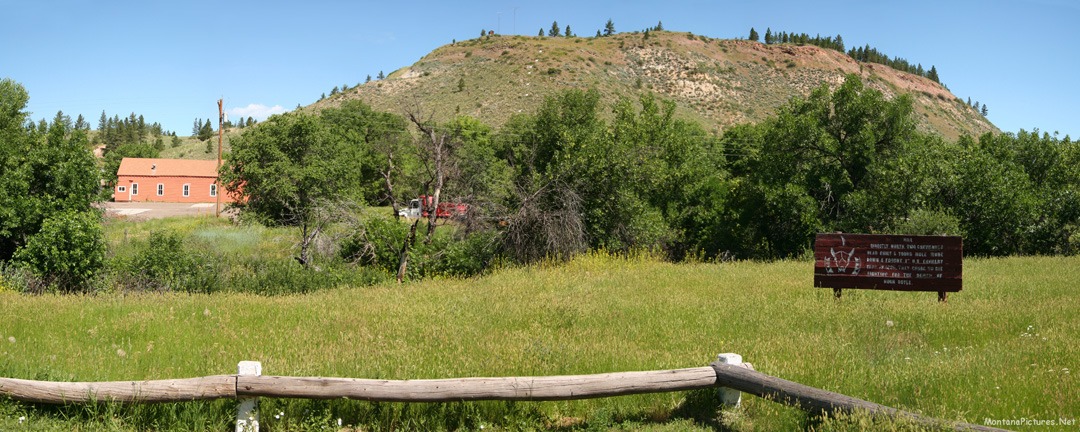
The People
In their native language, the Cheyenne call themselves Tsistsista, which means “the People.” Cheyenne is a derivative of the Sioux word shahiyena, meaning “red talkers,” or “people of alien speech.1 The Sioux called people they could better understand, “white talkers.”2 The foundation of the Cheyenne political structure began with bands. There were ten main bands of Cheyenne. Each had four chiefs, totaling forty in all. Today, the Keeper of the Sacred Arrows maintains the bundle of the Sacred Arrows with the Southern Cheyenne in Oklahoma. The Northern Cheyenne are the caretakers of the Sacred Buffalo Hat in Montana. These items serve as symbols of the covenant between the People and the Creator.
Three excellent books on the Cheyenne exodus are “In Dull Knife’s Wake” by Maddux & Maddux; “Perilous Pursuit” by Stan Hoig; “Tell Them We are Going Home” by John H. Monnett
1 Wright, Peter M. (1968). The Pursuit of Dull Knife from Fort Reno in 1878-1879, pp141-154. Chronicles of Oklahoma, Volume 46.
2 Freeburg, Major Matthew W. (2015) The Northern Cheyenne Exodus: A Reappraisal of the Army’s Response https://www.hsdl.org

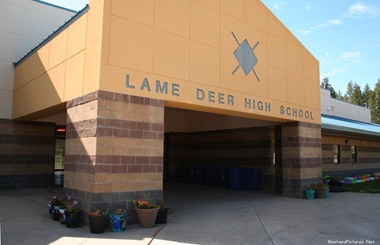
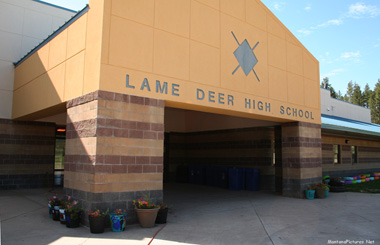
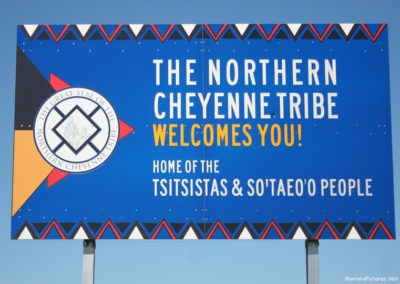
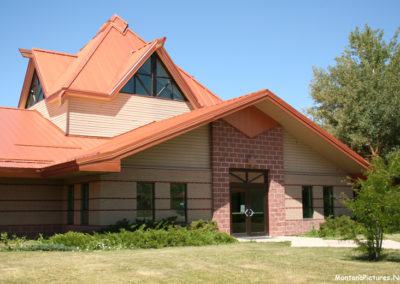
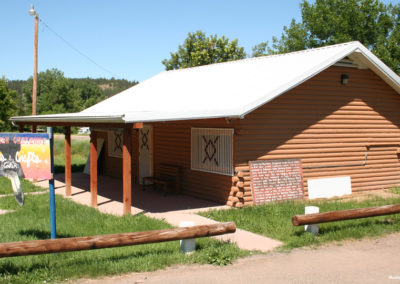
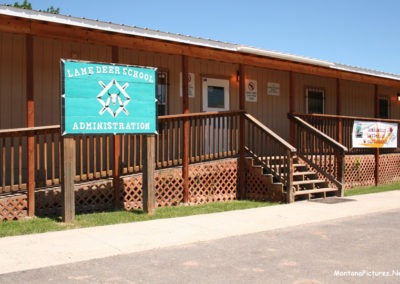
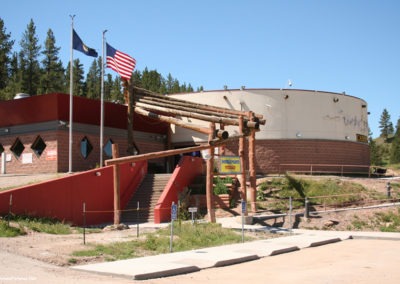
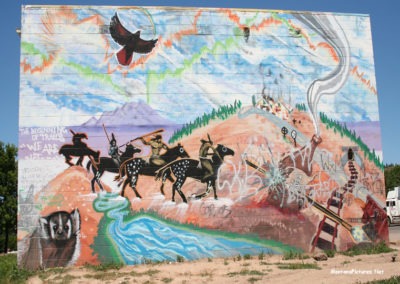
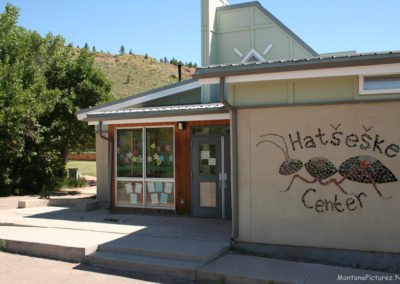
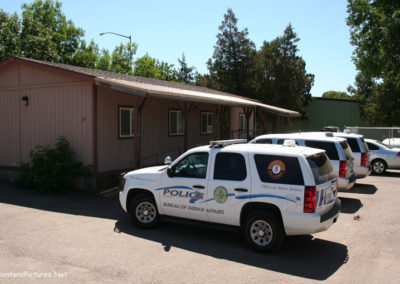
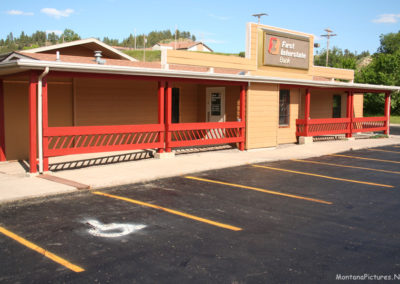

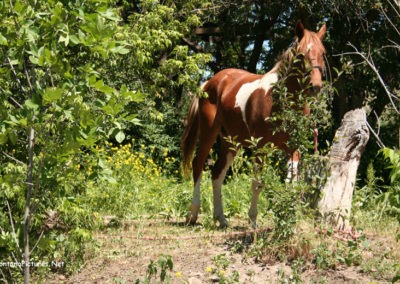
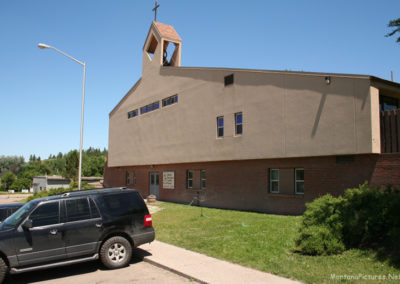
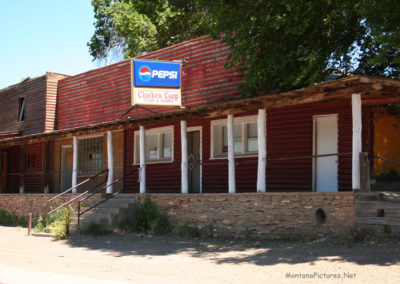
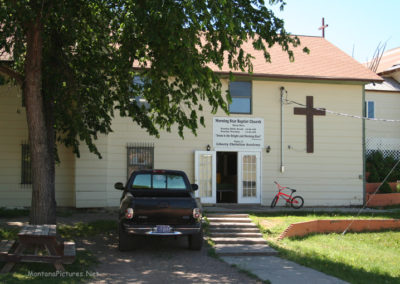
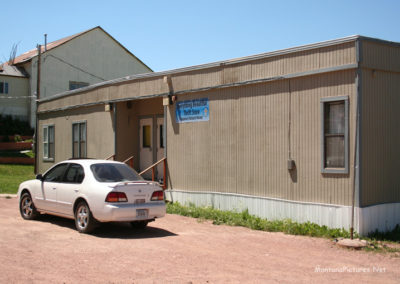
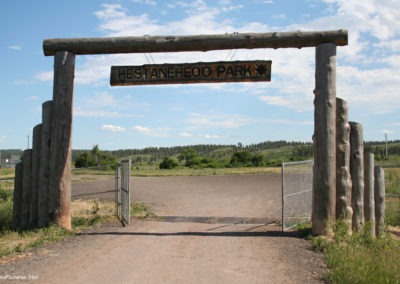
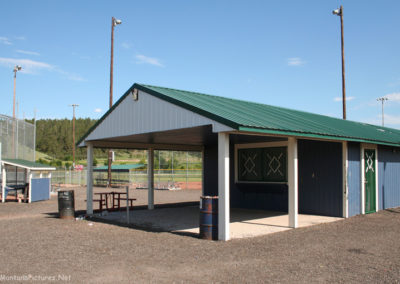
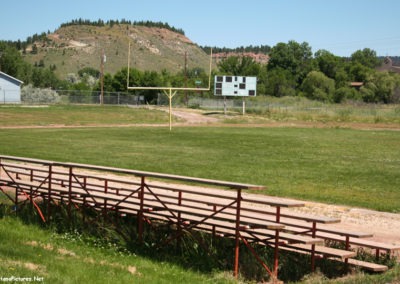

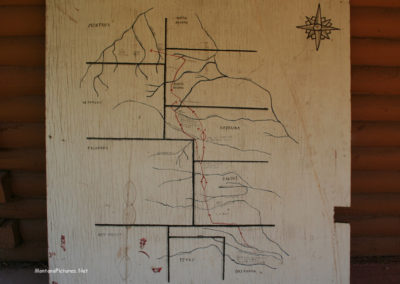
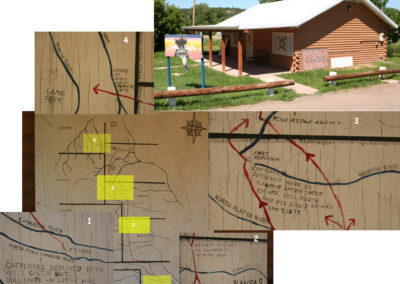
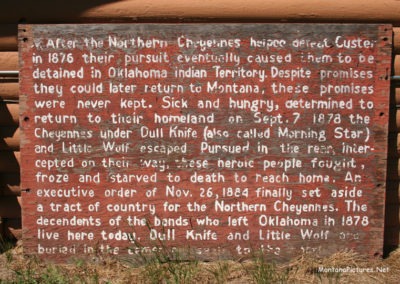
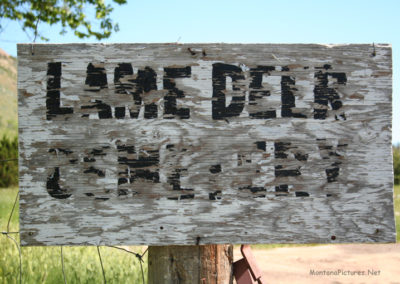
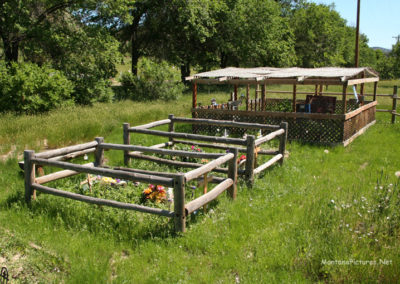
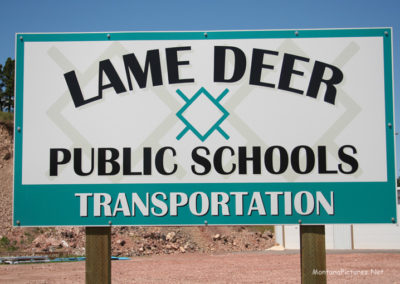
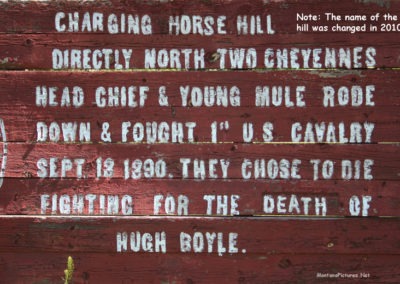
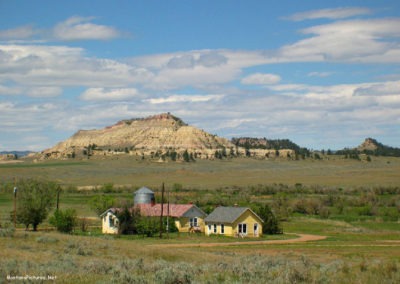
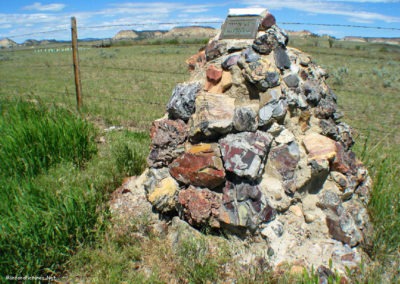
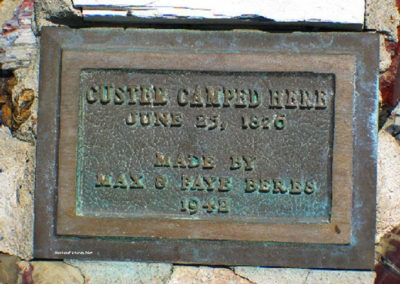
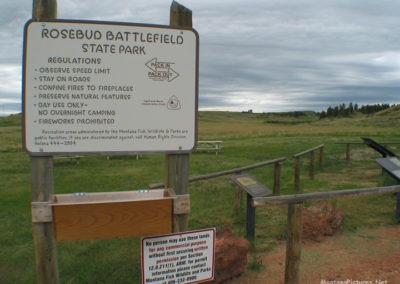
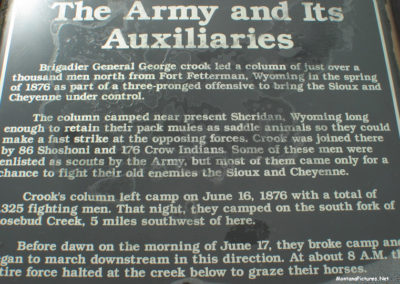
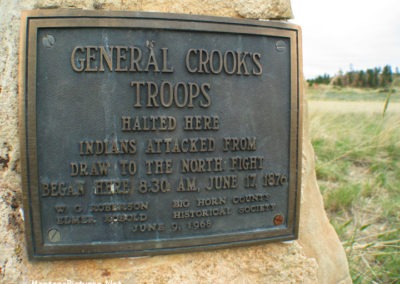
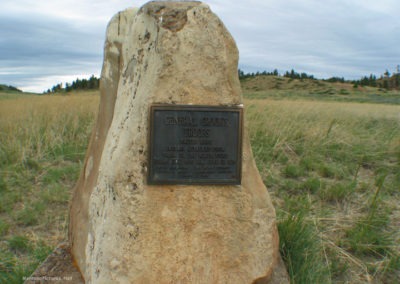
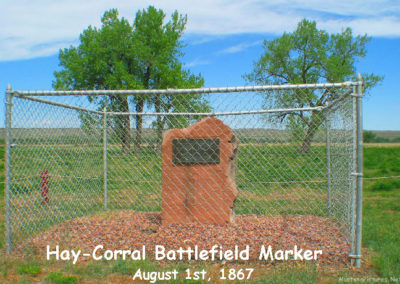

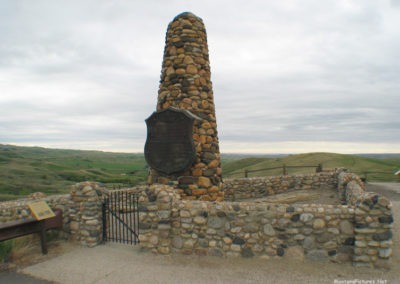
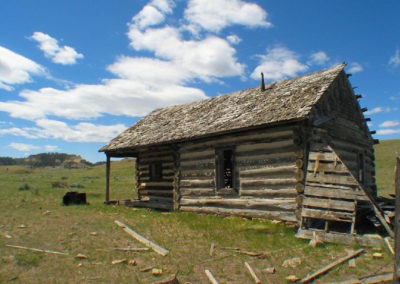
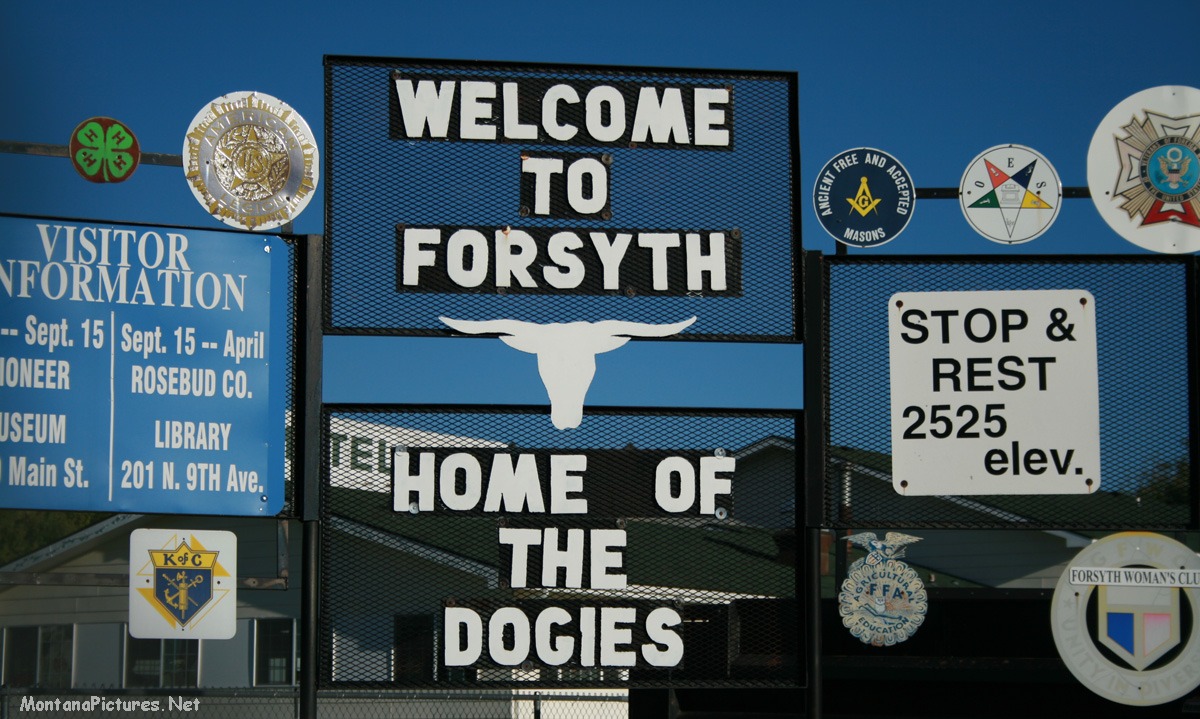
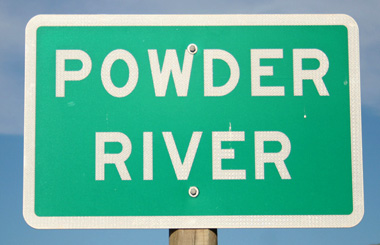
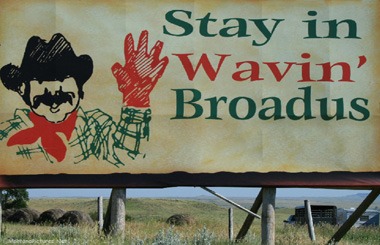

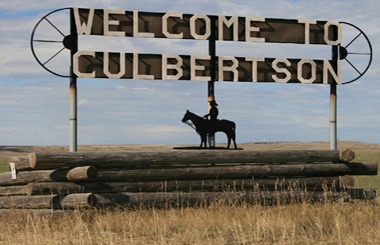

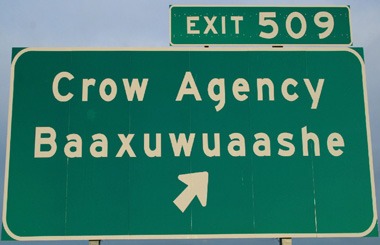
Recent Comments